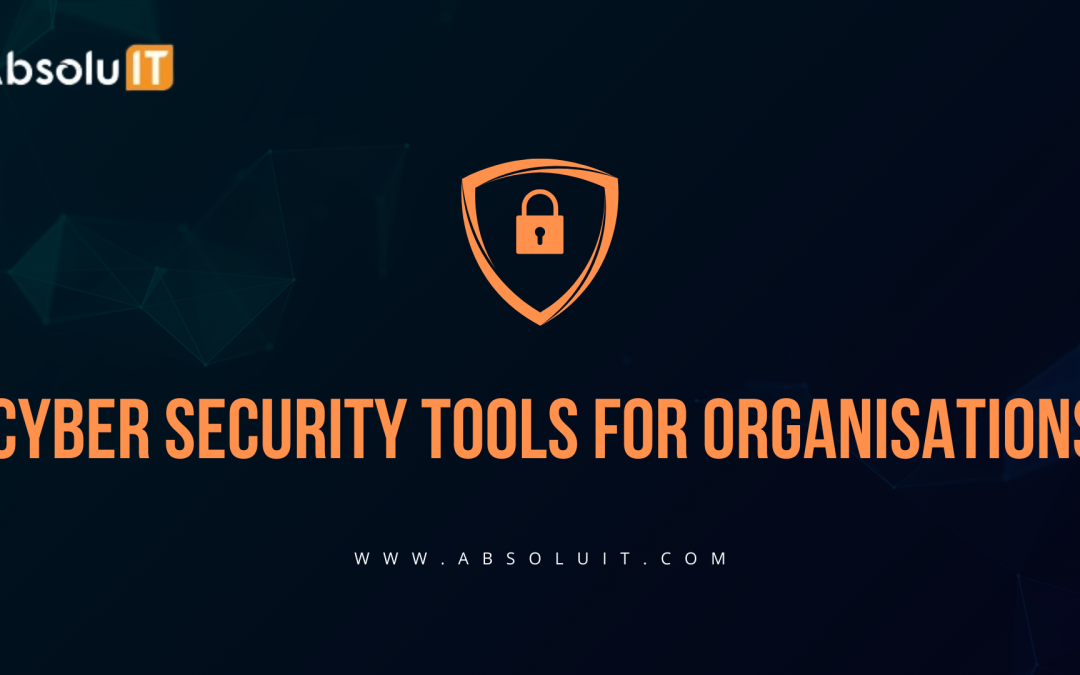5 Essential Cybersecurity Tools. Cyberattacks are a relentless threat, growing in sophistication and frequency each year. For any organization, regardless of size or industry, a robust cybersecurity strategy is non-negotiable. While the cybersecurity landscape is vast, there are five foundational tools that form the backbone of any effective defense:
- SIEM Solution (Security Information and Event Management)
- EDR (Endpoint Detection and Response)
- IDS/IPS (Intrusion Detection/Prevention Systems)
- Antivirus Software
- Firewall
Let’s delve into the specifics of each tool and why they’re indispensable:
5 Essential Cybersecurity Tools Every Organization Needs in 2024
1. SIEM Solution (Security Information and Event Management)
What it does:
- Collects and aggregates security data from various sources across your network (servers, applications, devices).
- Analyzes this data in real-time to identify patterns, anomalies, and potential threats.
- Generates alerts and reports to notify security teams of suspicious activity.
Why it’s essential:
- Provides a centralized view of your organization’s security posture.
- Enables rapid threat detection and response, minimizing damage from attacks.
- Helps meet compliance requirements by logging and reporting security events.
Top SIEM Solutions:
- Splunk Enterprise Security
- IBM QRadar
- LogRhythm
2. EDR (Endpoint Detection and Response)
What it does:
- Monitors endpoints (desktops, laptops, mobile devices) for signs of malicious activity.
- Analyzes endpoint behavior to detect advanced threats that bypass traditional antivirus.
- Provides tools for investigating and responding to incidents, including isolating infected endpoints.
Why it’s essential:
- Protects against sophisticated attacks that target endpoints, such as ransomware and zero-day exploits.
- Enhances visibility into endpoint activity, helping you understand the scope of attacks.
- Enables proactive threat hunting and incident response.
Top EDR Solutions:
- CrowdStrike Falcon
- SentinelOne
- Microsoft Defender for Endpoint
3. IDS/IPS (Intrusion Detection/Prevention Systems)
What it does:
- Monitors network traffic for signs of intrusion attempts.
- Detects known attack patterns and anomalies.
- IDS: Alerts security teams of suspicious activity.
- IPS: Takes action to block or mitigate attacks in real-time.
Why it’s essential:
- Provides an additional layer of network security, protecting against both known and unknown threats.
- Helps identify vulnerabilities in your network infrastructure.
- Reduces the risk of successful attacks and data breaches.
Top IDS/IPS Solutions:
- Cisco Firepower
- Palo Alto Networks Next-Generation Firewall
- Snort (Open Source)
4. Antivirus Software
What it does:
- Scans files and programs for known malware signatures.
- Blocks or quarantines malicious software.
- Provides real-time protection against viruses, worms, Trojans, and other threats.
Why it’s essential:
- A fundamental layer of protection against common malware threats.
- Protects endpoints and servers from infection, preventing data loss and downtime.
- Offers a cost-effective way to enhance security for small and medium-sized businesses.
Top Antivirus Solutions:
- Bitdefender
- Norton 360
- Kaspersky Total Security
5. Firewall
What it does:
- Controls incoming and outgoing network traffic based on predefined security rules.
- Blocks unauthorized access to your network, protecting against external threats.
- Can be implemented as hardware, software, or a cloud-based service.
Why it’s essential:
- Acts as the first line of defense against unauthorized network access.
- Helps prevent data breaches and attacks that exploit network vulnerabilities.
- Critical for segmenting your network and protecting sensitive data.
Top Firewall Solutions:
- Fortinet FortiGate
- Check Point
- pfSense (Open Source)
Choosing the Right Tools
When selecting cybersecurity tools, consider your organization’s specific needs, budget, and risk profile. It’s also crucial to invest in ongoing employee training and security awareness programs, as human error remains a significant factor in many breaches.
The Importance of a Layered Approach
No single tool can guarantee complete protection. A layered approach, combining multiple security solutions, is essential for building a robust defense against the ever-evolving threat landscape. By implementing the five essential tools outlined in this article, you can significantly strengthen your organization’s cybersecurity posture and safeguard your valuable assets.
